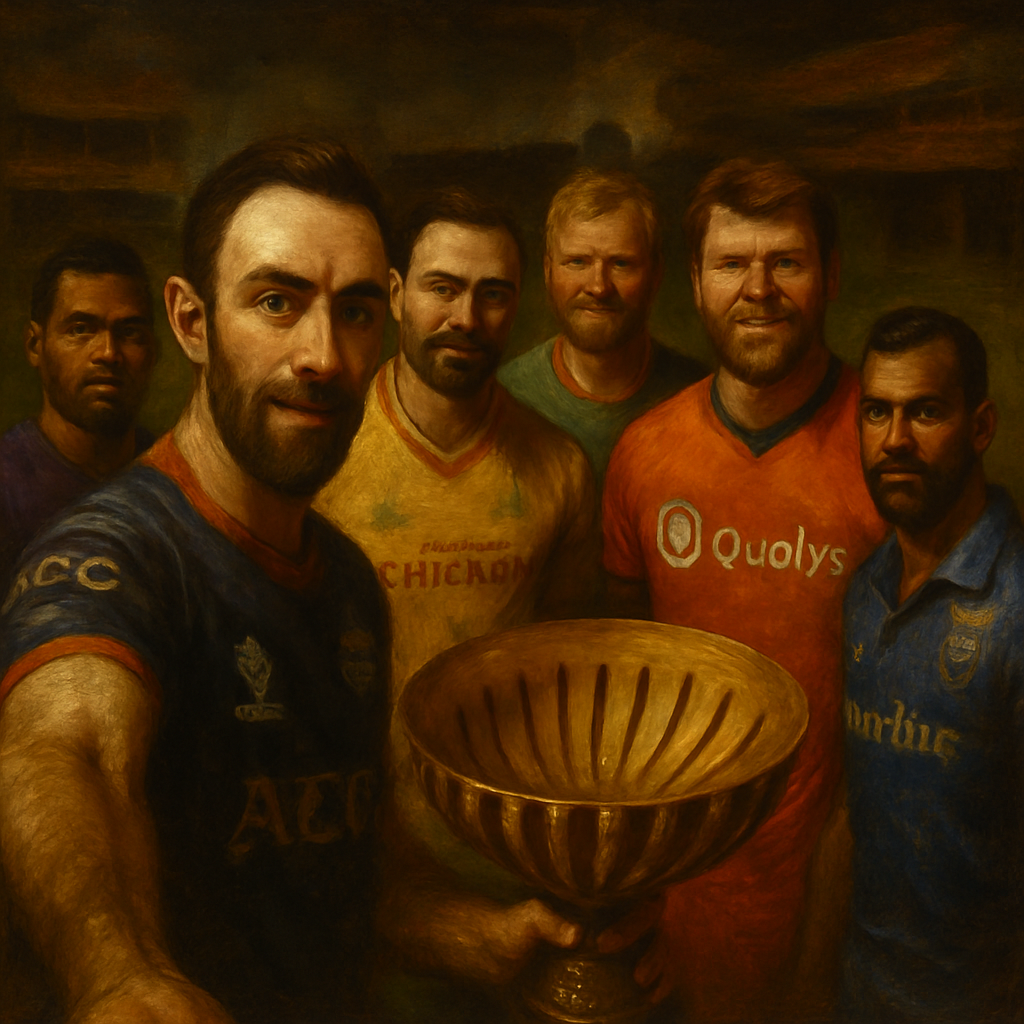LONDON — Major League Cricket (MLC) chief executive Johnny Grave has dismissed concerns that the burgeoning U.S. league poses a threat to England’s The Hundred, emphasizing collaboration over competition between the two tournaments. Grave’s comments come amid growing speculation about player availability and scheduling conflicts between the two leagues.
In an exclusive interview with ESPNcricinfo, Grave stated, "We don’t see ourselves as a rival to The Hundred. Our focus is on growing cricket in the U.S., and we believe there’s room for both competitions to thrive without cannibalizing each other." His remarks follow reports that several high-profile players, including Australia’s Glenn Maxwell and South Africa’s Quinton de Kock, opted for MLC over The Hundred this season.
Scheduling Harmony Over Conflict
One of the primary concerns surrounding MLC’s rise has been its overlap with The Hundred, which runs from late July to August. However, Grave highlighted efforts to minimize clashes: "We’ve worked closely with the ECB and other boards to ensure our windows don’t directly compete. This year, MLC concluded before The Hundred began, and we aim to maintain that alignment."
Key factors mitigating scheduling tension include:
- MLC’s shorter duration (18 days vs. The Hundred’s 32-day window)
- Strategic placement in the cricket calendar to avoid peak ECB commitments
- Flexibility in player contracts allowing participation in both leagues
Player Priorities and Financial Realities
While The Hundred offers prestige and a strong UK fanbase, MLC’s financial incentives have drawn attention. Reports suggest top MLC players earn upwards of $175,000 for the three-week tournament, compared to The Hundred’s £125,000 ($160,000) maximum salary. Grave downplayed the monetary rivalry, stating, "It’s not just about fees—players consider location, family commitments, and career longevity."
Case Study: Glenn Maxwell’s Decision
Australia’s Maxwell, who joined the San Francisco Unicorns, explained his choice: "The U.S. market is exciting, and MLC’s schedule allowed me to prepare for Australia’s home summer. The Hundred is fantastic, but this was the right move for 2024." His absence marked a blow to the London Spirit, who had retained him as a marquee player.
ECB’s Response: Confidence in The Hundred’s Appeal
ECB chief executive Richard Gould acknowledged MLC’s growth but reaffirmed The Hundred’s stability: "Our competition has record attendance and broadcast numbers. Player movement is natural in a global market, but The Hundred’s quality and fan engagement remain unmatched." Key 2024 statistics support his claim:
- 94% ticket sales occupancy across venues
- 25% increase in women’s match viewership
- New sponsorship deals with Vitality and Cinch
The Bigger Picture: Global Cricket Ecosystem
Grave emphasized MLC’s role in expanding cricket’s footprint: "We’re not here to drain talent from established leagues. If anything, a successful U.S. league benefits everyone by attracting new audiences and investors." This sentiment echoes ICC’s "Cricket for Growth" strategy, which prioritizes market diversification.
Notable collaborations already in place:
- MLC and The Hundred sharing data analytics partners
- Joint anti-corruption training for players
- Exploratory talks about cross-promotional content
Conclusion: Coexistence Over Competition
As Grave summarized, "Cricket’s future isn’t zero-sum. The Hundred has its niche, and we have ours. There’s enough passion to go around." With MLC’s 2024 season drawing 225,000 attendees and The Hundred maintaining its stronghold, early fears of a destructive rivalry appear overblown. The focus now shifts to how both leagues can leverage their unique strengths in a crowded sporting landscape.
The ECB has confirmed no changes to The Hundred’s 2025 schedule, while MLC plans slight expansion to 10 teams by 2026. Grave’s final note struck an optimistic tone: "Imagine a world where an MLC champion faces a Hundred winner in a friendly series. That’s the kind of innovation we should pursue."

